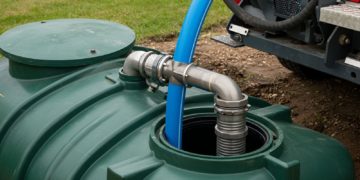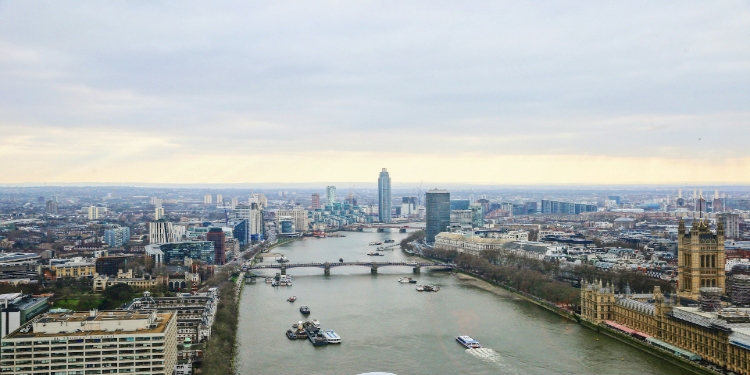For many industrial operations, emissions are a vital consideration. Fine particulates, solvent vapours, and other forms of air pollution, if not properly monitored and managed, can be a major source of reputational and legal risk. Putting in place the right processes and equipment to mitigate these risks is therefore critical.
The regulatory drivers you can’t ignore
The way that environmental permitting is dealt with is constantly changing. When considering upgrades for any site, it’s vital that these changes are properly accounted for. In the case of power stations, there is a range of new rules coming into force on 28th February 2026. Getting your organisation aligned with those rules as early as possible can help you avoid the damage that comes with being non-compliant.
Local authorities have the power to serve abatement notices whenever statutory nuisances, like odour and dust, become apparent. But they can also, with the consent of the relevant Secretary of State, prosecute the responsible party. This helps to avoid double jeopardy problems.
The business case: cost, risk and reputation
Of course, capture and abatement measures cost time, money, and other resources. But this effort is often justified by the resulting reduction in operating risk. The UK government is committed to driving down emissions, partly as a consequence of its Net Zero agenda. Businesses should therefore expect the rules to become more stringent in the long term. By investing in the right measures early on, you might also prepare yourself for a tightening of the market.
Choosing the right technology for your process
Different operations will require different kinds of measures. In particular, it’s worth considering the various kinds of filters, scrubbers, and oxidisers. The standard for filtration is HEPA, which stands for High Efficiency Particulate Air filter. It’s typically used after a baghouse, as a secondary, finer filter.
Scrubbers are a means of removing pollutants from a stream of gas, by bringing that gas into contact with a liquid. These devices come in many different designs, including packed-bed, trays, and spray towers.
Consider the Best Available Techniques (BAT) before deciding which measures are appropriate and selecting vendors accordingly.
Implementation, monitoring and proving compliance
So, how can you actually install the devices you’ve picked out? It’s a good idea to follow a set schedule. This might start with a sample of the air quality before the improvements, and end with a second sample that establishes how much progress has been made. From there, samples can be continually taken.
In most cases, a system will need to be designed, installed, and commissioned to fit the facility it’s being installed into. Stay in contact with the Environment Agency, and raise any questions or concerns promptly. When additional directions are given under the Environmental Permitting Regulations, make sure that they are duly followed.
David Prior
David Prior is the editor of Today News, responsible for the overall editorial strategy. He is an NCTJ-qualified journalist with over 20 years’ experience, and is also editor of the award-winning hyperlocal news title Altrincham Today. His LinkedIn profile is here.













































































